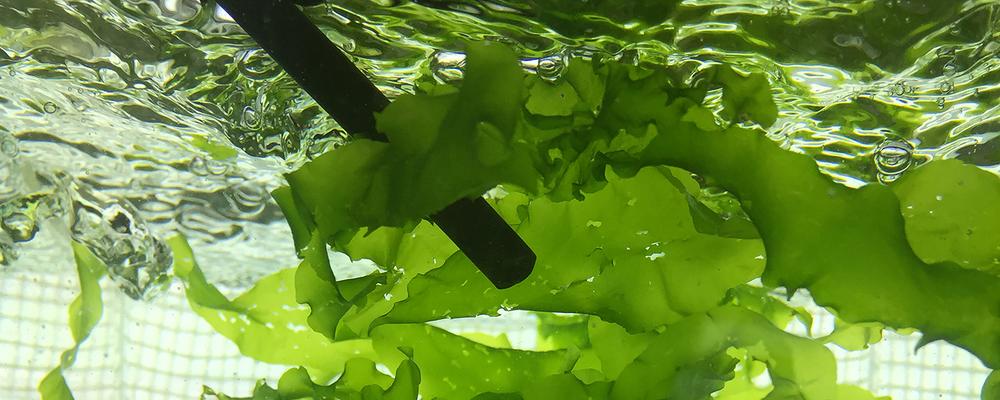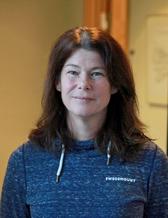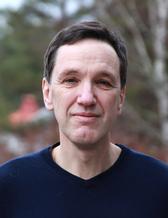New research project will boost interest in eating seaweed
Researchers Henrik Pavia and Gunilla Toth have previously developed methods for growing macroalgae on the Swedish west coast. In a new research project on algae as food, they receive 20 million from the research financier Formas.
– Now we are taking the research a step further and aiming to produce products that the Swedish people want to eat, says Gunilla Toth, researcher at the Department of Marine Sciences.
Project name
Sustainable use of marine and industrial waters to unlock the potential of seaweeds as a future food source.
Granted funds
SEK 20 million for a five-year period 2024 – 2028. The project is financed by Formas, through the call "Blue innovation" which aims to find new solutions that will contribute to a sustainable use of our water resources. Out of 40 applications, ten projects were granted.
Project partners
In addition to the University of Gothenburg, the project also includes Chalmers, Linköping University and the Swedish Food Agency, as well as the companies Nordic Seafarm, Sweden Pelagic, Marenor and ALS Scandinavia.
University of Gothenburt coordinates the project.



